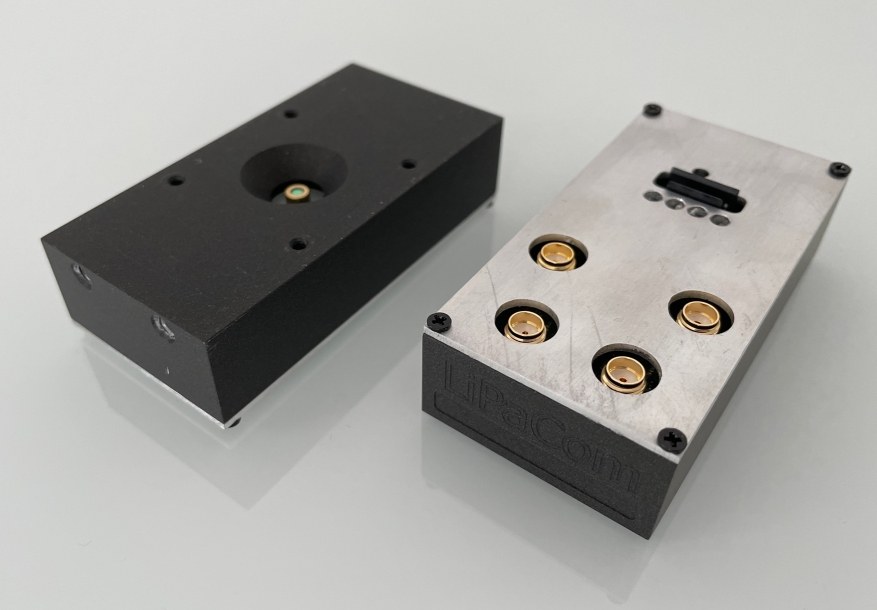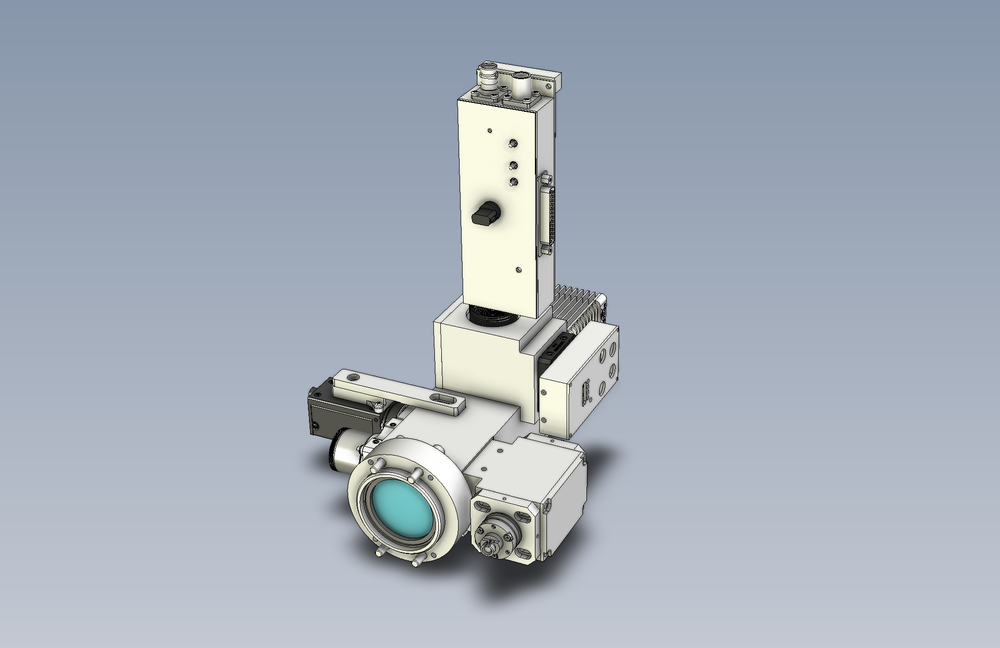Institute of Communications and Navigation
The Institute of Communications and Navigation develops and investigates new systems and methods for radio transmission and radiolocation.

The steadily increasing demand for bandwidth and capacity has made the microwave spectrum in satellite communications a limited resource. Laser-based space-to-ground links will complement radio downlinks in future applications and enable data rates in the gigabit-per-second range. The connection is established via optical ground stations. Since direct line of sight to the satellite is necessary, high cloud cover can reduce the operational capability of the ground stations. To mitigate the effects of cloud cover, many optical ground stations are connected to form networks. The Small Optical Ground Station Focal-optics Assembly (SOFA) is a low-cost instrument that complements the standard optics of telescopes and transforms astronomical observatories and commercial off-the-shelf (COTS) portable telescopes into optical ground stations. It performs the essential functions for establishing satellite links: camera-based alignment of the telescope, satellite tracking, calibrated power measurement and, finally, bidirectional data transmission via the receiver front end (RFE).
The RFE supports the reception of optical on-off keying (OOK) bitstreams for optical free-space transmission. Highly sensitive avalanche photodiodes (APDs) are used, which have up to 10 dB higher reception sensitivity than conventional technologies for wavelengths in the range from 1300 nm to 1600 nm. The RFE supports all data rates defined by the CCSDS standard from 78 Mbps to 2.5 Gbps. Additional parameters such as the average reception power or the atmospheric power scintillation index can be transmitted to the ground station's IT infrastructure via a serial interface.
In the SOFA Evolution project, the SOFA and the RFE are being further developed to a product-ready state in order to achieve commercialisation with partners from industry.


